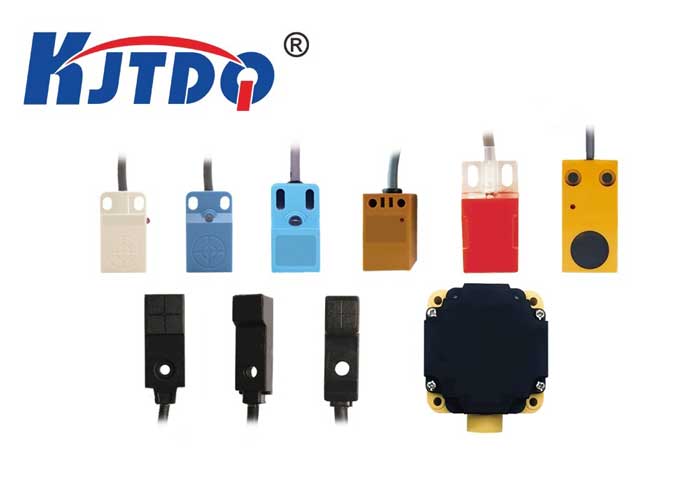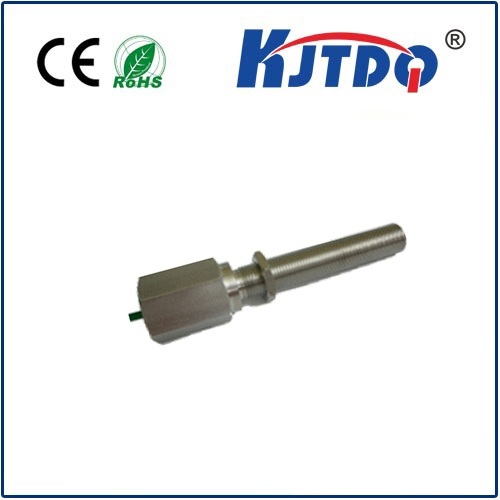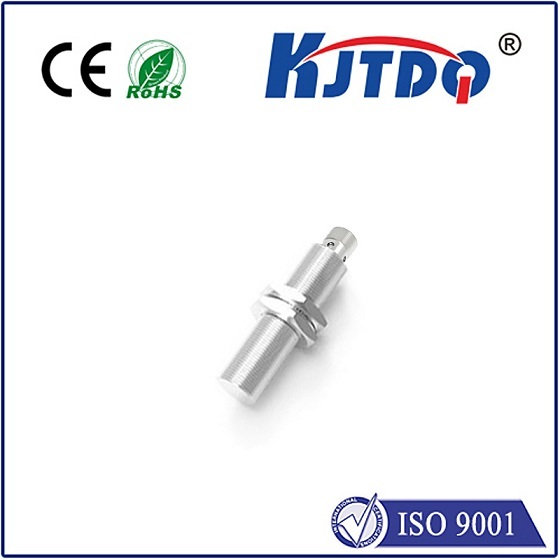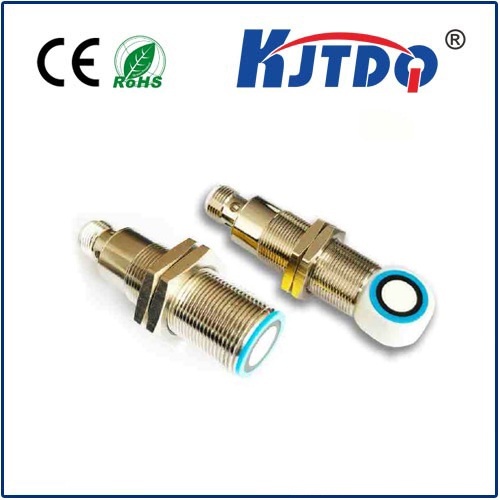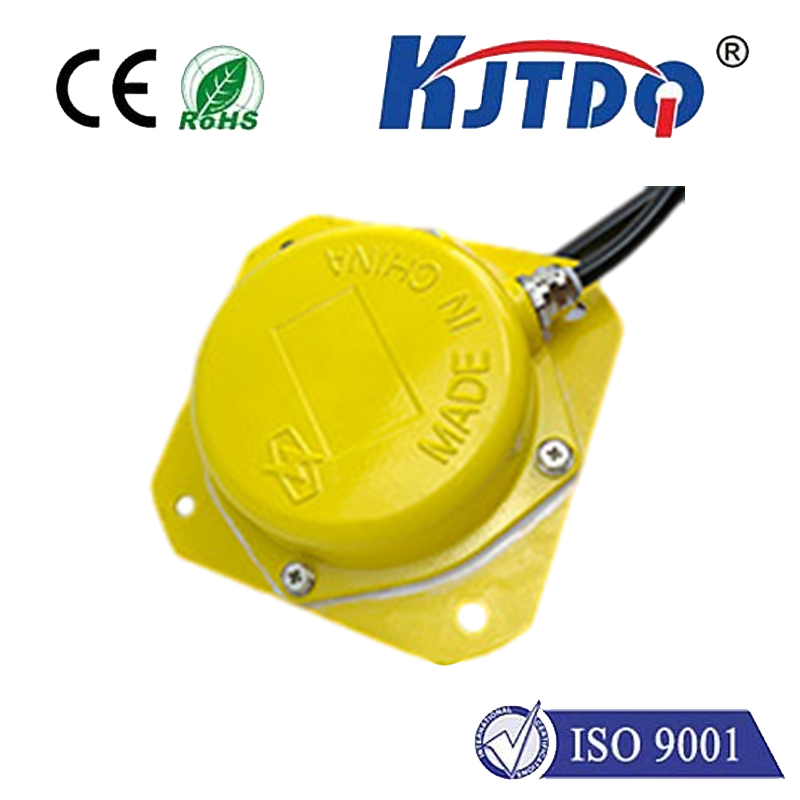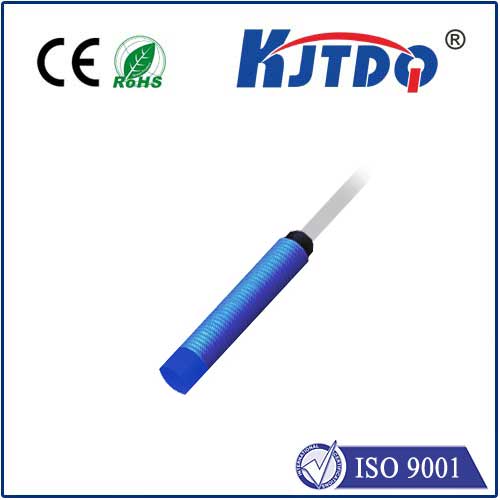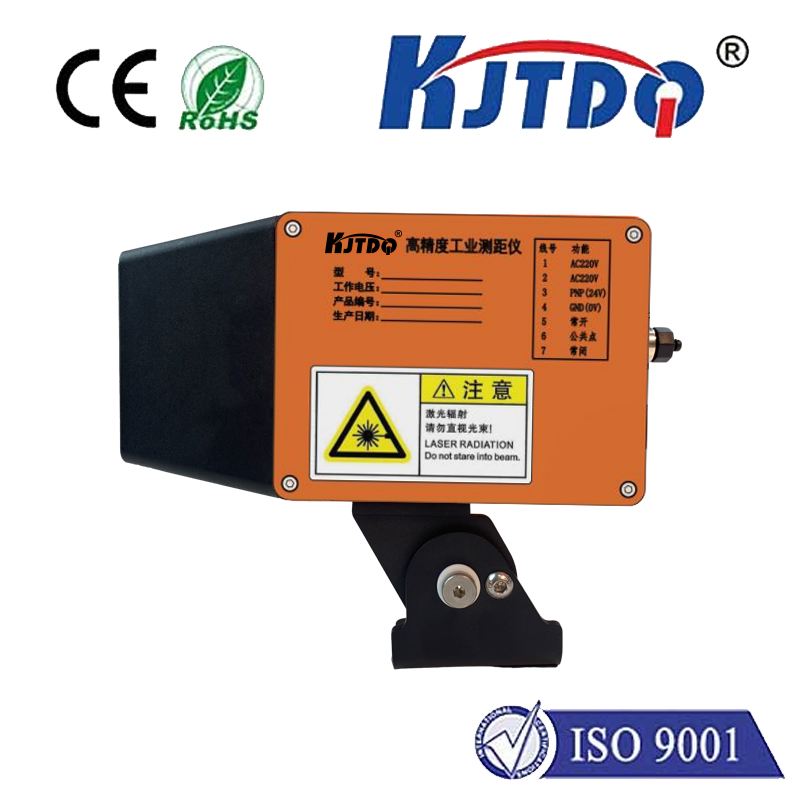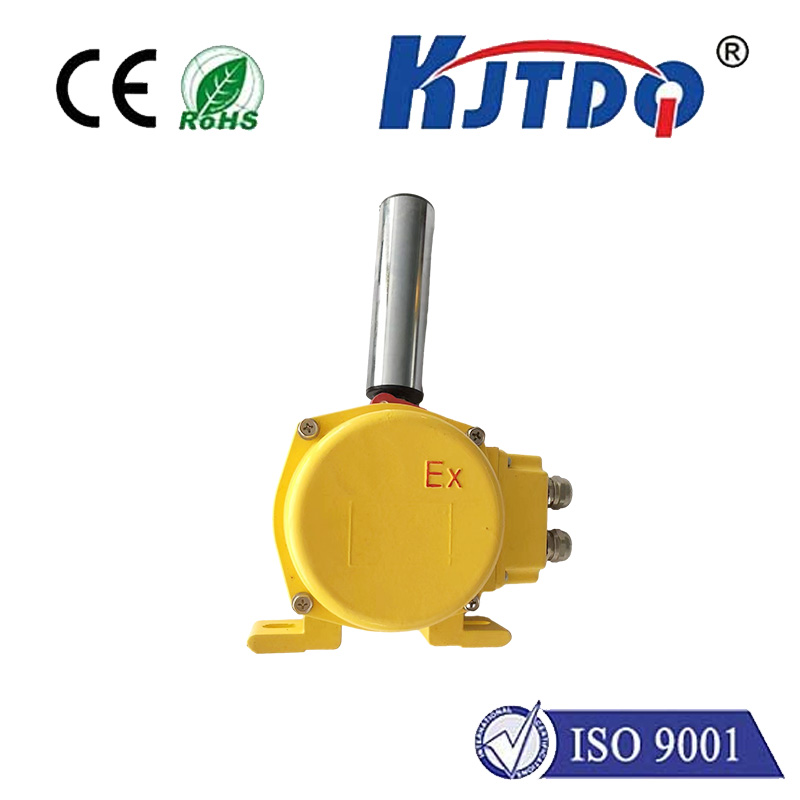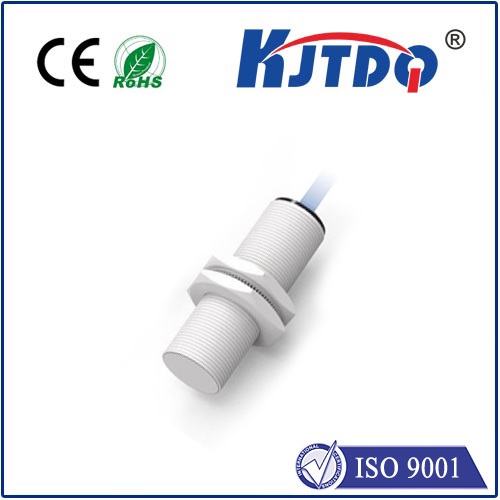heavy duty limit switch
- time:2025-07-30 13:15:55
- Click:0
Heavy Duty Limit Switches: The Unyielding Sentinels of Industrial Control
Imagine a colossal crane lifting tons of steel on a windswept dock. Picture a massive conveyor system hauling abrasive ore deep within a mine. Or visualize the relentless pounding of a hydraulic press shaping metal. What ensures these powerful machines operate safely, stop precisely at the right point, and don’t damage themselves or their surroundings? Often, the unsung hero is a robust, unassuming component: the heavy duty limit switch. Far more than just an on/off device, these switches are engineered fortresses, built to deliver unwavering performance where standard switches would quickly succumb.
A limit switch, at its core, is an electromechanical device activated by physical contact with an object. It translates this physical interaction into an electrical signal, telling a control system when a machine part has reached a predetermined position – its limit. Think of it as a precise touch sensor for machinery. While countless applications use delicate micro-switches, demanding environments require a different breed.

So, what elevates a standard limit switch to heavy duty status? It’s a fundamental redesign focused on resilience and longevity:
- Ruggedized Construction: Heavy duty switches ditch fragile plastic for robust housing materials like die-cast zinc, hardened aluminum alloys, or reinforced thermoplastics. These housings act like armor, providing superior resistance to impacts, crushing forces, and aggressive handling.
- Enhanced Sealing: Industrial settings are often dirty, wet, oily, or chemically aggressive. Heavy duty switches typically boast high IP (Ingress Protection) ratings – commonly IP65, IP66, IP67, or even IP69K. This means rigorous sealing against dust ingress and powerful water jets or immersion, ensuring reliable operation in washdown areas, foundries, or outdoor applications.
- Industrial-Grade Contacts: The heart of any switch is its electrical contacts. Heavy duty versions use large, silver or gold-plated contacts made from high-quality alloys. This allows them to handle significantly higher electrical loads – switching motors, solenoids, or pilot lights directly – while resisting corrosion and minimizing contact welding. Their design ensures consistent performance even after millions of cycles.
- Reinforced Operating Heads and Levers: The actuator mechanism takes constant physical punishment. Heavy duty switches feature oversized, robust operating heads (plungers, rollers, wipers) and strong levers, often made from stainless steel or hardened polymers. They withstand repeated, forceful impacts without bending, breaking, or binding.
- Specialized Actuators: Standard plungers aren’t always enough. Heavy duty applications might require roller levers (for smooth engagement on cams), flexible wands (to navigate around obstacles), cat whisker designs (for multi-directional sensing), or cable pull mechanisms (for remote actuation over large distances). These are built to endure constant friction and stress.
- Temperature Tolerance: From freezing outdoor locations to scorching furnace rooms, heavy duty limit switches operate reliably across wide temperature ranges, often -40°C to +85°C or beyond, without performance degradation.
Where Heavy Duty Limit Switches Prove Indispensable
Their robust nature makes them the go-to solution across numerous challenging sectors:
- Material Handling: Cranes (positioning, hoist limits), conveyors (end-of-travel, jam detection), forklifts (mast height control), automated guided vehicles (AGVs - navigation and obstacle detection). The physical impacts and harsh environments demand heavy duty reliability.
- Construction & Earthmoving Equipment: Excavators (boom & bucket limits), bulldozers (blade position), compactors, cranes. Exposed to dirt, rain, vibration, and severe shocks, only heavy duty switches survive.
- Manufacturing & Machining: Metal stamping presses (stroke limits), robotic workcells (end-of-arm tooling position), CNC machines (travel limits), foundry equipment. High cycle rates, coolant exposure, and metal particulate necessitate robust sealing and construction.
- Mining & Quarrying: Crushers, screens, rock drills, conveyor systems. Abrasive dust, constant vibration, impacts from falling debris, and moisture require the toughest switch solutions.
- Agriculture & Forestry: Harvesters, tractors, balers, forestry equipment. Exposure to dust, mud, chemicals, and extreme weather conditions is standard.
- Power Generation & Utilities: Turbine controls, dam gate positioning, heavy valve actuation. Reliability is paramount, often in exposed or demanding locations.
Choosing the Right Heavy Duty Guardian
Selecting the optimal heavy duty limit switch requires careful consideration of the application’s demands:
- Environment: What are the primary hazards? Dust? Water spray? Oils/coolants? Chemicals? Extreme temperatures? High pressure washdowns? This dictates the required IP rating and housing material. For food processing, stainless steel housings might be essential.
- Mechanical Stress: How much force impacts the actuator? How often? What direction? Does the target object deflect? This determines the actuator type (roller lever, rigid plunger, flex wand) and its required strength.
- Electrical Load: What are the voltage and current requirements (AC/DC)? Are you switching a small PLC input or directly controlling a large motor contactor? This defines the needed contact rating and material.
- Duty Cycle: How many operations per hour/day? High cycle rates demand contacts designed for longevity and actuators built to minimize wear.
- Mounting & Configuration: How and where will the switch be mounted? Does it need multiple mounting options? Are special brackets required? Is the operating direction critical? Consider physical space constraints and actuator orientation.
Maintenance & Longevity: Designed for the Long Haul
One of the key benefits of a true heavy duty limit switch is its dramatically extended service life compared to standard models. However, proactive maintenance ensures maximum uptime:
- Visual Inspections: Regularly check for physical damage to the housing, actuator, or lever. Look for signs of excessive wear on the roller or plunger tip.
- Seal Integrity: Ensure sealing gaskets or O-rings are intact and not compromised, especially after impact or in chemically aggressive environments. Proper seal maintenance is crucial for achieving the stated IP rating.
- Secure Mounting: Vibration can loosen fasteners. Periodically verify that the switch and any associated mounting brackets or levers are firmly secured.
- Keep Actuators Clear: Ensure the path of the actuator lever or plunger remains unobstructed by debris buildup. Misalignment or binding is a common failure point.
- Electrical Checks: Periodically verify electrical connections are tight and corrosion-free.
In the relentless world of heavy industry, where precision meets brute force, the heavy duty limit switch stands as a fundamental pillar of safety, control, and reliability. Its ruggedized design transforms a simple switching principle into a component capable of enduring the harshest conditions day in and day out. By understanding their robust construction, critical applications, and selection criteria, engineers and maintenance professionals ensure these unyielding sentinels continue to guard machinery, optimize processes, and protect personnel effectively. Choosing the right one isn’t just about functionality; it’s an investment in uptime, safety, and operational peace of mind.












